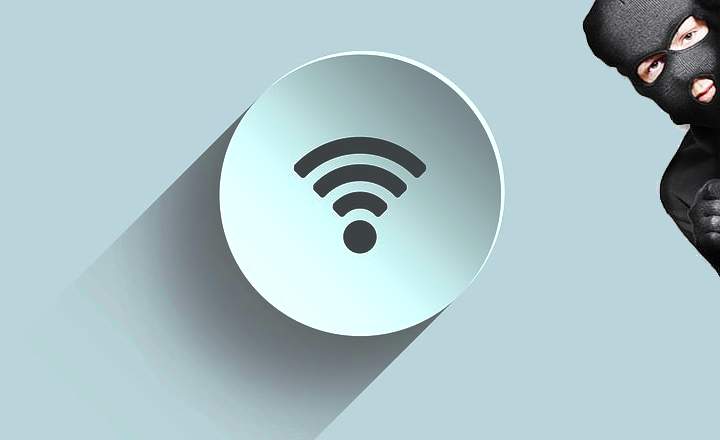
The notch or "notch" is the new hit of effect that include many mobiles, whether they are high, medium or low-end. A punch in the face from all those posers –Read “pousers” - who don't really understand very well what it's for. But hey! It is fashion and you have to be trendy above all else!
Marcel Campos, Asus marketing chief, already said it in his day, when he had to defend the notch of the Zenfone 5: “Some will say that we are copying Apple, but we cannot get away from what users want. You have to follow the fashions”. Having said that, the notch is really good for something? Is it useful?
 Everyone wants to be like the iPhone X. A lot of envy is what I see here.
Everyone wants to be like the iPhone X. A lot of envy is what I see here.The notch: the easiest way to copy to iPhone X?
It must also be said that, although the famous upper notch of the screens is directly related to Apple and its iPhone X, the first mobile with notch to see the light was the Essential Phone. It is not the same type of notch, but the idea of gaining a few inches on screen started there.
 The Essential Phone and its little notch were the first.
The Essential Phone and its little notch were the first.Then the iPhone X arrived, and in addition to Asus, other manufacturers began to walk the notch path: Leagoo, Noa, Vinci, Ulephone and many other mid-range mobiles. Total, although the notch was not justified, it was the simplest way to make a clone -or something remotely similar- of the latest device of the Cupertino. But wasn't the notch supposed to break the symmetry of the screen and no one liked it? It seems that no.
In Search of the Infinite Screen: Frame Out!
Deep down, the notch does have a reason to exist and be as it is.
- On the one hand, it allows the screen to occupy the entire front of the device. In this way, you say goodbye to the Home button and the fingerprint sensor.
- On the other, it leaves space to place the camera and use the unlocking by face detection.
The notch, in short, is the price to pay for removing the frames up to the maximum level, making the lower bezels disappear completely.
If there was no notch, we would find cases similar to those of the Xiaomi Mi Mix 2, where the infinite screen is achieved by moving the camera to the lower right frame of the front. A design option where there is no notch, but yes, the screen is not "so infinite."
Disadvantages of having a mobile with notch
Leaving aside the positive aspects at the design level that the inclusion of the notch implies, the truth is that the notch can be cumbersome.
- Some apps do not fit the screen correctly.
- To counteract this and be able to use the app, some mobiles choose to create a false “virtual frame” by reducing the size of the screen.
This is the case of Huawei P20 Pro, which allows us to create a black line at the top that paves the way for all those incompatible apps. It's a bit shabby, but it's the only half-worthy way out of the problem. Now, imagine what can happen if we buy a cheap mobile with notch ... hours of fun guaranteed.
 Huawei already knew that this notch could also be a problem ...
Huawei already knew that this notch could also be a problem ...What this shows is that unless apps and operating systems adapt to the use of the notch, it will be quite difficult to suppose a real improvement without compensation. Of course, it helps our smartphone to be more attractive and get the odd compliment.
Is it worth it then? We could say that it can be a good accompaniment, as long as the main dish on the menu is to our liking. If not, it is just another nice way to throw money away.
You have Telegram installed? Receive the best post of each day on our channel. Or if you prefer, find out everything from our Facebook page.
